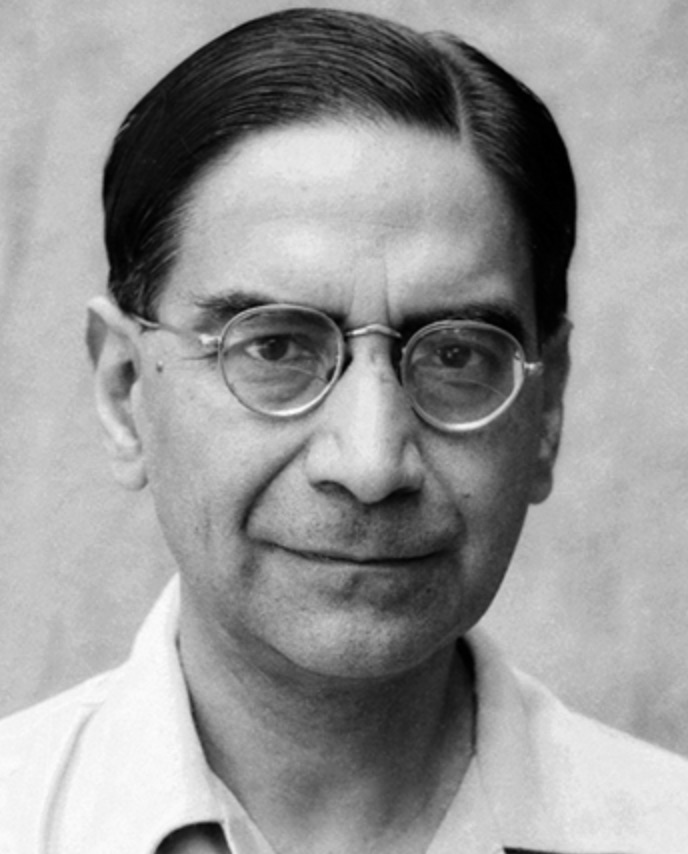
Prasanta Chandra Mahalanobis was born on June 29, 1893 into a prominent Bengali family in Calcutta (now Kolkata) India. From a very early age, Prasanta revealed a precociousness that was captured in the following quote from a biographical sketch:
Mahalanobis’s analytical turn of mind manifested itself at a very early age and he was given to arguing things out with his friends and even with his superiors. Even at a very early age he came under the influence of Rabindranath Tagore who took a liking to young Mahalanobis, being particularly impressed by the combination in him of a love of literature with a flair for logical analysis.
Prasanta received his early education at the Brahmo Boys School in Calcutta and in 1908 enrolled at Presidency College, where he studied physics. He graduated with a B.Sc. in physics in 1912 and the following year, he moved to England, where he enrolled at King’s College, Cambridge, to continue his studies in physics. In 1914, Prasanta passed Part I of the mathematical tripos in 1914 and after passing Part II in 1915, was awarded a Senior Scholarship by King’s College where he met Srinivasa Ramanujan.
World War I was raging in Europe and Prasanta’s ship that was to return him to India was delayed. It was during this waiting period that Prasanta Mahalanobis discovered the volumes of the newly founded journal, Biometrika. As he pored through these volumes with their statistical analyses spanning a wide variety of fields from anthropology to meteorology, he became fascinated by the rapidly evolving field of statistics. Out of this work emerged what is now known as the Mahalanobis distance, a measure used in cluster analysis and classification techniques.in multivariate statistics.
In 1931, Mahalanobis founded the Indian Statistical Institute in Calcutta dedicated to research and training in statistics. He continued to contribute to inferential statistics, making significant advances in the field of sample survey methodology, and improving the efficiency and accuracy of data collection. Mahalanobis also played a key role in the formulation of India’s second five-year plan, emphasizing the importance of industrialization. His model, known as the Mahalanobis model, focused on the role of capital goods in economic development.
Prasanta Chandra Mahalanobis passed away on June 28, 1972, in Calcutta. His work laid the foundation for modern statistical practice in India and continues to influence the field globally. During his lifetime, he received numerous honors for his contributions to statistics and science, including being elected as a Fellow of the Royal Society (FRS) in 1945. He was also awarded, in 1968, the Padma Vibhushan, India’s second-highest civilian award. Mahalanobis’ contributions extend beyond statistics to areas such as economic planning and social science, making him a key figure in India’s scientific and economic history.
